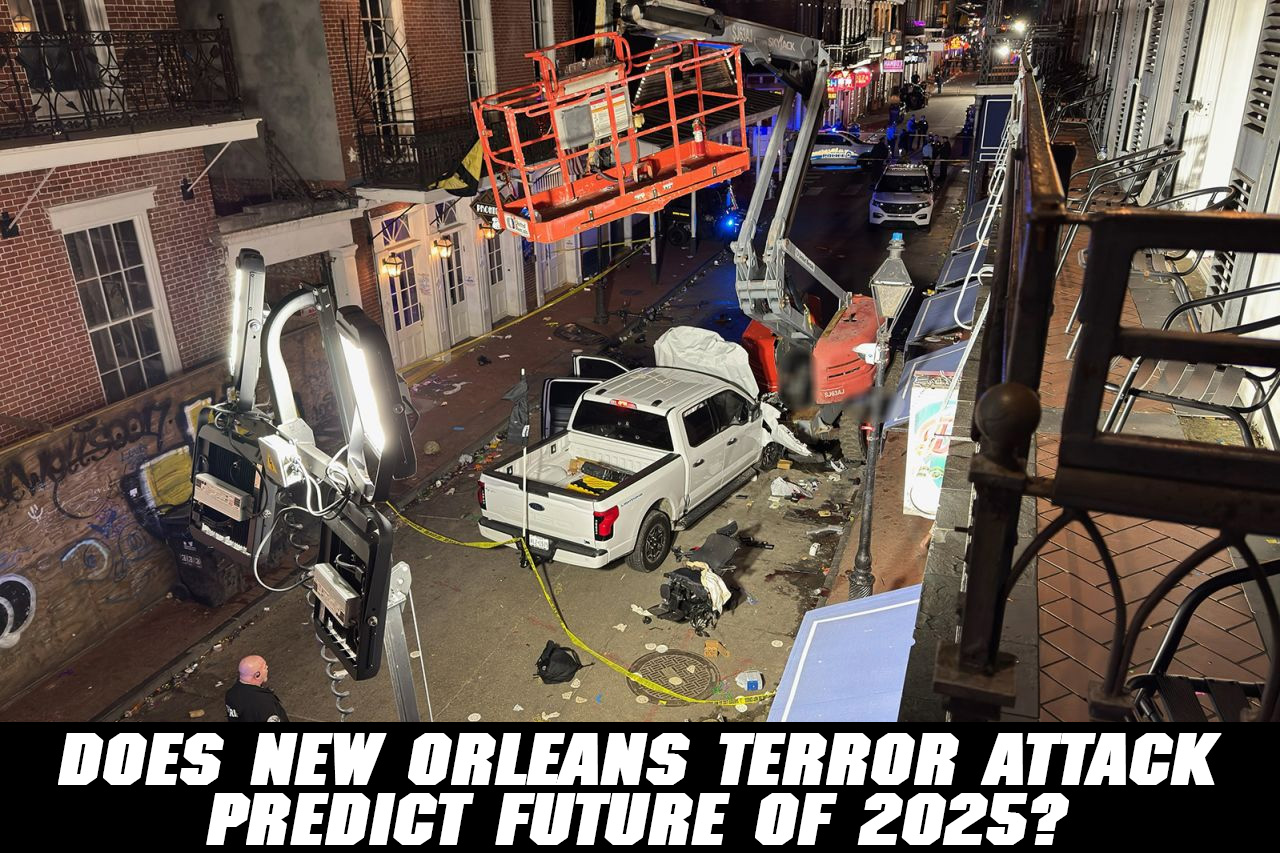It was a somber start to 2025. In the early hours of New Year’s Day, a man drove a pickup truck through throngs of pedestrians on Bourbon Street in New Orleans, leaving fourteen dead and injuring at least thirty others. The Federal Bureau of Investigation (FBI) said Thursday that the driver, Shamsud-Din Jabbar, acted alone and was inspired by the Islamic State of Iraq and al-Sham (ISIS). What does the attack reveal about ISIS and the state of global terrorism as 2025 begins? What policy implications are there for the incoming Trump administration? Our counterterrorism experts are on the case.
A lone wolf is far more dangerous than a terrorist cell
As the investigation unfolds in New Orleans, I get a sense that some in the media and law enforcement are a bit relieved that this may “just” be the work of a lone wolf attacker. It may be counterintuitive, but I’d argue that a lone wolf is far more worrisome and dangerous for US counterterrorism officials, as it is so much harder for both law enforcement and the intelligence community to penetrate the operation itself. This is exacerbated further if the attacker self-radicalized, receiving inspiration and guidance virtually from ISIS propaganda, for example.
Officials in the counterterrorism world actually prefer to investigate terrorist cells, as this provides significant opportunities to uncover and recruit the cell members, and also potentially intercept communications between cell members and the terrorist mothership. The more individuals involved in a terrorist plot, the larger chance that one makes a mistake. While of course it would be a relief to know that there are not ISIS adherents running around New Orleans posing a direct public safety threat, we should not rest easy, as this modus operandi of a lone wolf conducting a vehicle attack poses immense challenges to the traditional detect/disrupt/deter counterterrorism model that has worked so effectively in the past.
The attack shows the evolving threat of ISIS’s Digital Caliphate
Following their formal defeat by coalition forces in 2019, the Islamic State leveraged its technological expertise to establish a Virtual Caliphate—a digital refuge where disaffected individuals seeking community and purpose converge around the vision of a state governed by sharia law under a caliph. The Virtual Caliphate has expanded rapidly, driven by shifting refugee populations, unresolved border disputes, decentralized planning needs, the use of generative AI as a knowledge hub, and the role of protests.
The attack indicates a troubling pattern of online radicalization
The terror attack on our homeland on New Year’s Day shares several horrifying characteristics with other recent terror arrests made in the United States and Canada. In all three cases, men disaffected with their lives started to interact online with ISIS-linked influencers and sites. While the specifics of Jabbar’s online interactions are not yet clear, the presence of an ISIS flag in his rental truck in addition to early reports of videos that he posted promoting extremist content indicate that he was radicalized online. Prior to the last few years, Jabbar appeared to lead a relatively normal life; as his personal life fell apart, he became further radicalized.
ISIS is diminished in the Middle East, but is persisting elsewhere
ISIS’s territorial caliphate in the heart of the Middle East has largely crumbled and the group’s continued influence now relies on various “provinces” across the globe, from the Sahel to Afghanistan. These affiliates continue to pose notable challenges, surviving in regions marked by instability, weak governance, and other active insurgencies.
Iran has strategically used ISIS as a bogeyman to justify its malign activities in the region, particularly its influence in Iraq and, until recently, Syria. By portraying itself as a bulwark against the return of ISIS, Iran aims to maintain its presence and control over strategic territories, consolidating its influence among local militias and proxy groups. This dangerous narrative obscures Iran’s broader regional ambitions and its role in exacerbating the very conditions that foster extremism. This ongoing dynamic allows Iran to continue using proxies to smuggle weapons and launch attacks against Israel and threaten other interests from within Iraqi territory.
The US must remain vigilant against the appeal of ‘leaderless jihad’
The New Orleans attack represents the latest in a series of attacks and threats that have plagued the United States and its allies for decades. In the immediate aftermath of the attack, there was speculation that this was an act of a larger cell or potentially a complex attack with improvised explosive devices placed as a second wave. Perhaps this was part of a multicity simultaneous attack connected to the bizarre events in Las Vegas. However, while details are still emerging, it appears that this was a tragic but unsophisticated attack by a solo actor who had recently become more radicalized by digital messaging and content against a soft target. In many ways, it was reminiscent of attacks like those in San Bernardino in 2015 and Orlando in 2016, in that the perpetrators were individually radicalized and inspired by Islamist jihadism as opposed to being directed by larger organizations or conducting attacks that required specialized training. Jabbar’s status as a veteran is reminiscent of the attacks of Sergeant Hasan Akbar and Major Nidal Hasan, in that those who had volunteered to serve the United States became influenced to attack it.


